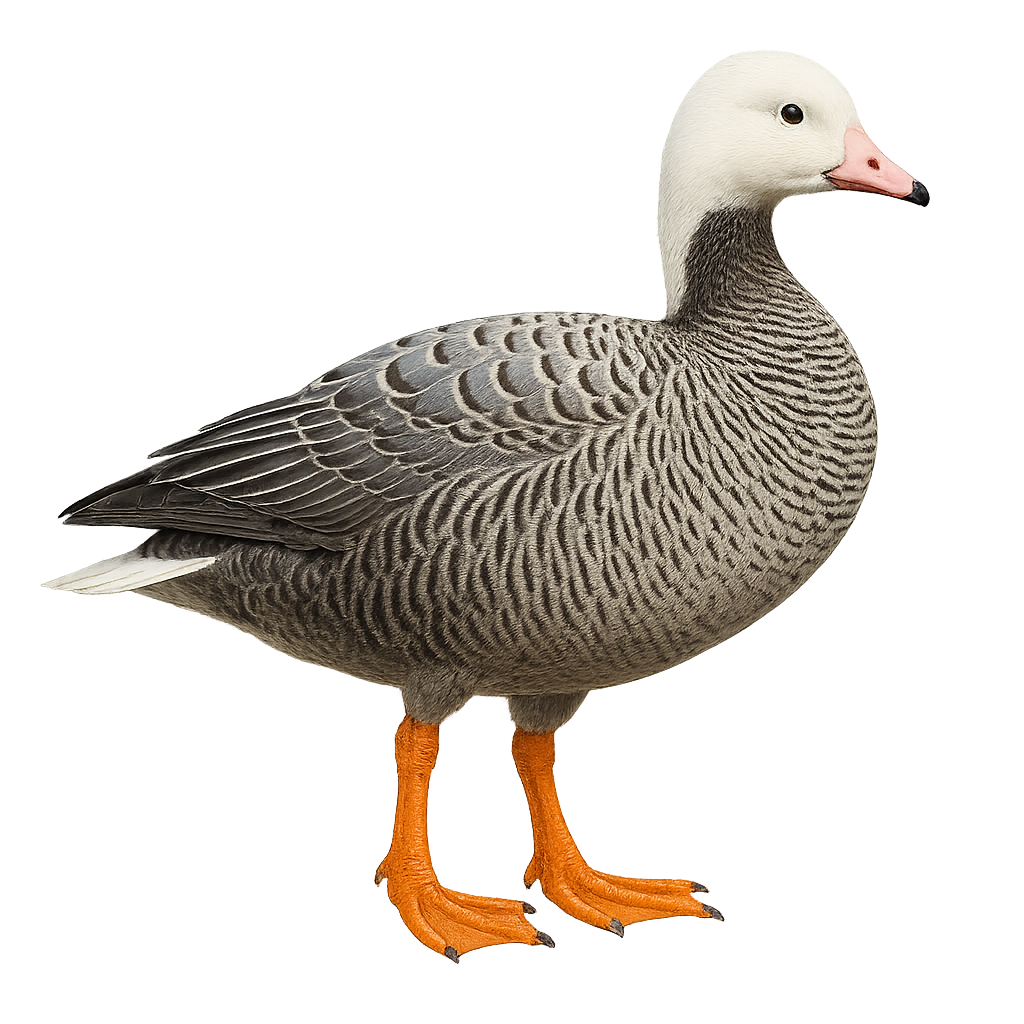Your wildlife photography guide.
Explore the emperor goose in detail, study its behavior, prepare your shots.
Where to observe and photograph the emperor goose in the wild
Learn where and when to spot the emperor goose in the wild, how to identify the species based on distinctive features, and what natural environments it inhabits. The WildlifePhotographer app offers tailored photography tips that reflect the emperor goose’s behavior, helping you capture better wildlife images. Explore the full species profile for key information including description, habitat, active periods, and approach techniques.
Emperor Goose
Scientific name: Anser canagicus

IUCN Status: Near Threatened
Family: ANATIDAE
Group: Birds
Sensitivity to human approach: Suspicious
Minimum approach distance: 10 m
Courtship display: June to July
Incubation: 24-25 jours
Hatchings: June to August
Habitat:
Coastal areas, estuaries, salt marshes
Activity period :
Primarily active during the day, with peak activity in the morning and late afternoon.
Identification and description:
The Emperor Goose, Anser canagicus, is a medium-sized waterfowl species known for its bluish-gray plumage and distinctive white head. It features a pink bill and bright orange legs. Primarily found in Alaska and Siberia, it inhabits coastal areas and estuaries. The Emperor Goose is a migratory species that moves south for the winter. Often seen in groups, it feeds on aquatic plants, seeds, and small invertebrates. Although its conservation status is concerning, it is protected by international laws. Its beauty and social behavior make it a favored subject for birdwatchers.
Recommended lens:
400mm – adjust based on distance, desired framing (portrait or habitat), and approach conditions.
Photography tips:
To photograph the Emperor Goose, choose the golden hours of morning or evening to benefit from soft light that highlights its distinctive plumage. Use a telephoto lens of at least 400mm to capture details without disturbing the bird. Maintain a safe distance of about 10 meters to avoid scaring it. Be patient and wait for it to move naturally to get authentic shots. Avoid sudden movements and use a tripod to stabilize your camera.
The WildlifePhotographer App is coming soon!
Be the first to explore the best nature spots, track rutting seasons, log your observations, and observe more wildlife.
Already 1 439 wildlife lovers subscribed worldwide

